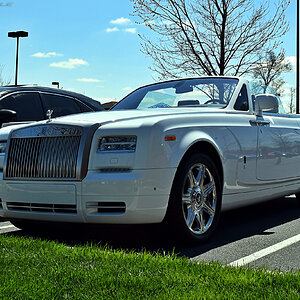OmlessWanderer
TPF Noob!
- Joined
- Mar 17, 2007
- Messages
- 81
- Reaction score
- 0
- Can others edit my Photos
- Photos OK to edit
The subject pretty much sums up my question.
I read this: http://www.cleanimages.com/DDBlog-ShouldNikonMakeA35mmSizedSensor.asp
He doesn't seem to have anything aside from anecdotal evidence. No photo comparison anyway. So how bad is the light falloff and [FONT=Verdana, Arial, Helvetica, sans-serif]edge chromatic aberration on these larger sensors anyway? Anyone have a link to where this comparison was already done?
Especially in the pro-sumer and just under category. (i.e. compare Nikon d70, d80, d200 vs Canon[/FONT] 5D & 30D)
I read this: http://www.cleanimages.com/DDBlog-ShouldNikonMakeA35mmSizedSensor.asp
He doesn't seem to have anything aside from anecdotal evidence. No photo comparison anyway. So how bad is the light falloff and [FONT=Verdana, Arial, Helvetica, sans-serif]edge chromatic aberration on these larger sensors anyway? Anyone have a link to where this comparison was already done?
Especially in the pro-sumer and just under category. (i.e. compare Nikon d70, d80, d200 vs Canon[/FONT] 5D & 30D)


![[No title]](/data/xfmg/thumbnail/31/31094-f975d7e61424996edc28cec3b9dd70a8.jpg?1619734611)
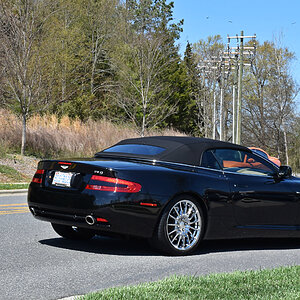

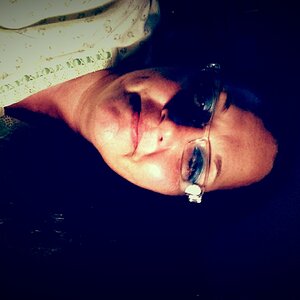
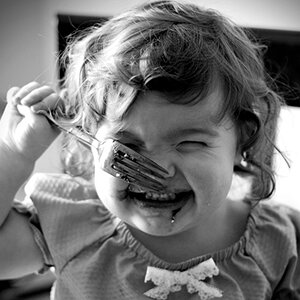

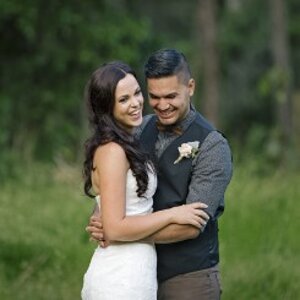
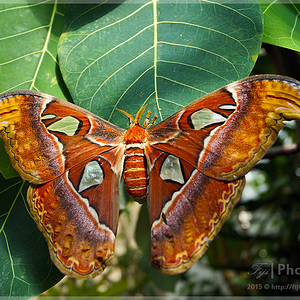
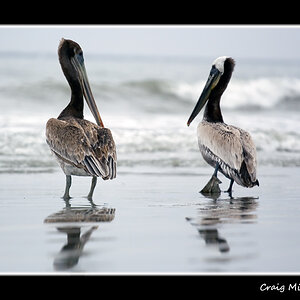
![[No title]](/data/xfmg/thumbnail/31/31090-4f0653c24dc61d2950c0fea87eb4d827.jpg?1619734606)
